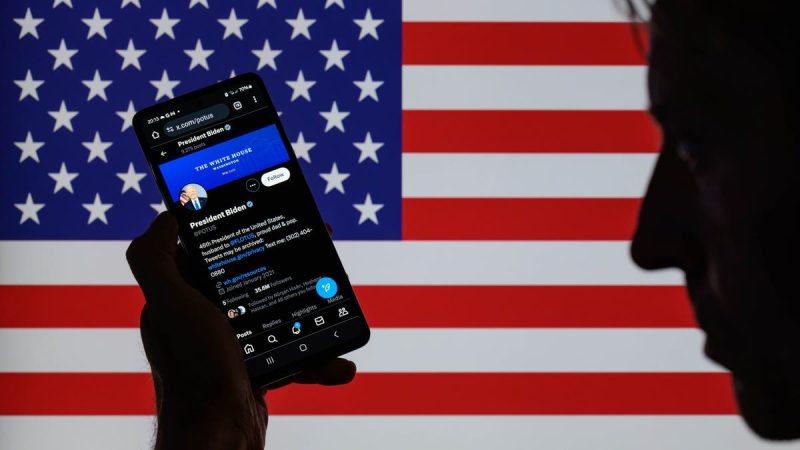Everywhere you turn, there’s another online scam. The fraudsters always pivot where the attention is and now that’s politics and elections.
We’re giving away a brand-new iPhone 16 (a $1,500 value!). Enter to win here.
Billions of dollars are pouring into the 2024 House, Senate, and presidential elections. I bet you’ve received a call or 10 from folks asking you to pull out your wallet. The pleas come in text form, too, plus there are videos, social media posts and DMs.
Here are a few dos and don’ts for keeping your money safe.
Do use a credit card. Checks and debit cards don’t have the same scam protections.
Don’t give payment info over the phone. Find the official website and donate there.
Don’t click links. That includes those in emails, texts or any other source. When in doubt, visit the official campaign website of the person you want to support.
Do verify it’s a real organization. Here’s a list of registered PACs maintained by the Federal Election Commission.
Do a search for the PAC name. Hey, it’s worth it to see if anything shady pops up. Some funnel money to their own advisors and marketing budget — not to the candidate they claim to support. This page is useful, too.
Social media pro tip: TikTok banned political fundraising in 2022. Anything you see there asking you to donate is likely a scam — or someone skirting the rules and you don’t want to be involved with that, either.
It’s not just your wallet you need to worry about. Fake news travels fast online — I’ve seen everything from ‘The election is canceled’ to ‘Non-citizens get to vote this year.’
In some cases, foreign countries are behind it with massive misinformation campaigns. Meta says the Kremlin is the No. 1 source of AI-created misinformation ahead of the U.S. presidential election.
The most common trick on Facebook? Imaginary ‘journalists’ who write bogus news stories. If it’s an outlet you’ve never heard of, look elsewhere to corroborate the story.
In other cases, fake info spreads because someone took a joke as fact. Take the mock electoral maps flooding social media. The trend is to take a blank map, color it mostly blue or red, and slap a clever line about how either Democrats or Republicans could win the Electoral College. They’re not real; don’t share like they are.
Election fakes are particularly tricky to spot because there’s so much public footage of politicians speaking. The more training data, the better the copies.
But you can still use these guidelines to verify if it’s AI or not:
Backgrounds: A vague, blurred background, smooth surfaces or lines that don’t match up are immediate red flags that an image is AI-generated.
Context: Use your head. If the scenery doesn’t align with the current climate, season or what’s physically possible, that’s because it’s fake.
Behavior: You’ve probably seen several videos of most major candidates. Look for differences in their tone, inflection and cadence. If their speech or facial reactions look ‘off,’ it might be AI.
Proportions: Check for objects that look mushed together or seem too large or small. The same goes for features, especially ears, fingers and feet.
Angle: Deepfakes are the most convincing when the subject faces the camera directly. Glitches may appear once a person starts to turn to the side and move.
Text: AI can’t spell. Look for fake words on signs and labels.
Chins: Yep, you heard me. The lower half of the face is the No. 1 giveaway on AI-generated candidate videos. It’s subtle, but check to see if their chin or neck moves unnaturally or in an exaggerated way.
Fingers and hands: Look for weird positions, too many fingers, extra-long digits or hands out of place.
Accessories: Look at earrings, clothes, ties — whatever you can spot. The giveaways are often in these little details.
My best advice: Slow down. When a video gets an emotional reaction out of us, we’re quick to believe it and quick to share. That’s what scammers bank on. Watch it a few times and do your research before you make up your mind.
Award-winning host Kim Komando is your secret weapon for navigating tech.
National radio: Airing on 500+ stations across the US – Find yours
Daily newsletter: 5-minute tech updates delivered to your inbox (free!)
Watch: On Kim’s YouTube channel
Podcast: ‘Kim Komando Today’ – Listen wherever you get podcasts
Copyright 2024, WestStar Multimedia Entertainment. All rights reserved.

